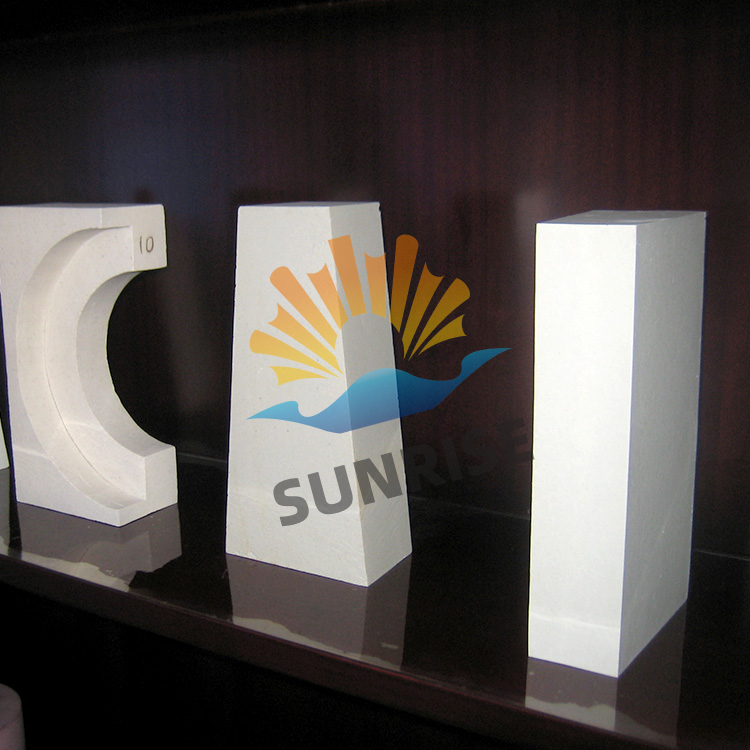In the realm of refractory materials, corundum bricks stand out due to their exceptional properties that make them indispensable in high-temperature industrial applications. Composed predominantly of aluminum oxide (Al2O3), these bricks are renowned for their durability and resistance to thermal shock. As a leader in the marketing strategy within the refractory industry, I aim to elucidate the distinctive characteristics and purposes of corundum bricks.

One of the most significant advantages of corundum bricks is their high-temperature resistance. These materials can withstand extreme thermal environments, making them suitable for applications that involve molten metals and glass. In addition to high-temperature stability, corundum bricks exhibit excellent corrosion resistance. They refrain from reacting with acids and alkaline materials, thereby extending their operational life in harsh settings.
Corundum bricks are pivotal in several high-temperature sectors. In the metallurgy industry, they are commonly used in furnaces and kilns, ensuring efficient thermal insulation and energy savings. The glass industry also benefits significantly from these refractory materials, where they assist in the melting and forming processes, maintaining the integrity of the production environment.
Moreover, the petrochemical industry utilizes corundum bricks in reactors and distillation columns, where their ability to endure corrosive substances and high temperatures is vital for operational reliability. This versatility underscores their importance across diverse industrial applications.
In summary, corundum bricks are exemplary refractory materials that offer remarkable resistance to high temperatures and corrosive environments. Their applications in metallurgy, glass, and petrochemical industries highlight their essential role in ensuring operational efficiency and durability in high-temperature processes. As the demand for high-performance materials increases, corundum bricks remain at the forefront, providing solutions for modern industrial challenges.


